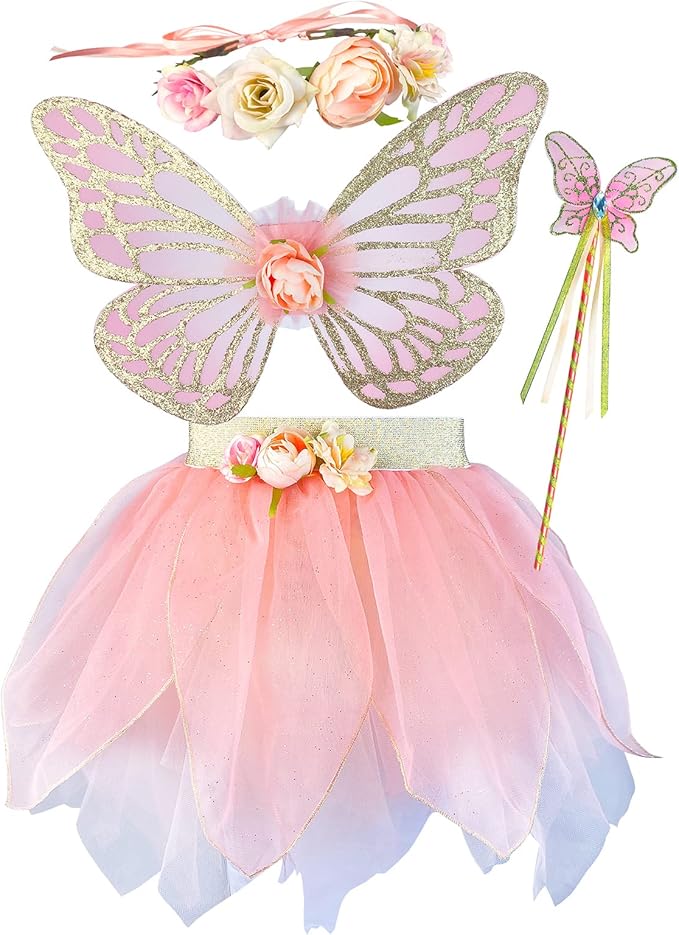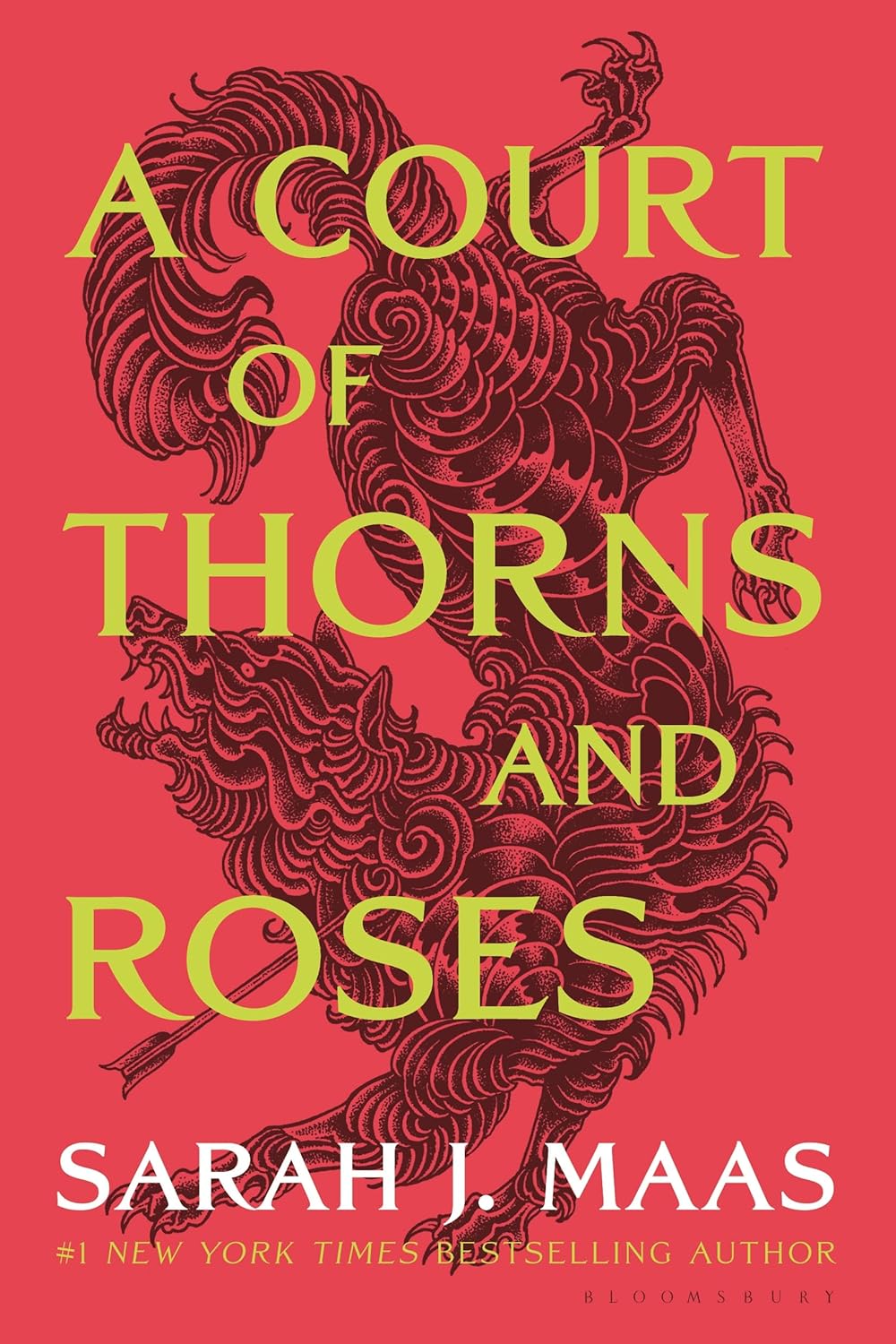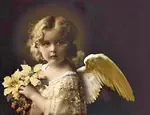- Home
- Fairy Blog
- Fairy Cakes
- Fairy Quotes
- Safety Dance
- The Flower Fairies Books
- What is a Fairy?
- Are Fairies Real?
- Elemental Fairies
- Faeries
- What are the Fae?
- Fae Fantasy Books
- Fairy History
- Origin of Fairies
- Fairies in Folklore
- Pixies
- Pixie Fairy Differences
- Gothic Fairies
- Tooth Fairy
- Fairy Festivals
- Fairy Gardens
- Fairy Garden Accessories
- Fairy Forests
- Fairy Poems
- Fairy Tales
- Fairy Tale Origins
- Classic Fairy Tales
- 24 Fairy Tales
- Fairy Tales around the World
- About Fantasy Creatures
- Dragons
- Dwarves
- Elves
- Gnomes
- Leprechauns
- Mermaids
- Unicorns
- Fairy Face Painting
- Fairy Costumes for Kids
- Free Fairy Art
- Fairy Coloring Pages
- Fairy Crafts For Kids
- Chinese Dragon Art
- How to Draw a Dragon
- Chinese Dragon Drawing
- Dragon Coloring Pages
- Fairy Tattoo Ideas
- About Us
- Contact Us
- Disclaimer
- Privacy Policy
Fairy Tales around the World
Have you ever wondered how children in Japan fall asleep to different bedtime stories than kids in Brazil? Fairy tales around the world offer us a magical window into diverse cultures, each carrying unique wisdom, values, and enchanting adventures.
These timeless stories have been passed down through generations, shaping young minds and preserving cultural heritage across continents. From the icy landscapes of Scandinavia to the bustling markets of the Middle East, every culture has its own collection of magical tales that reflect local beliefs, customs, and moral teachings.
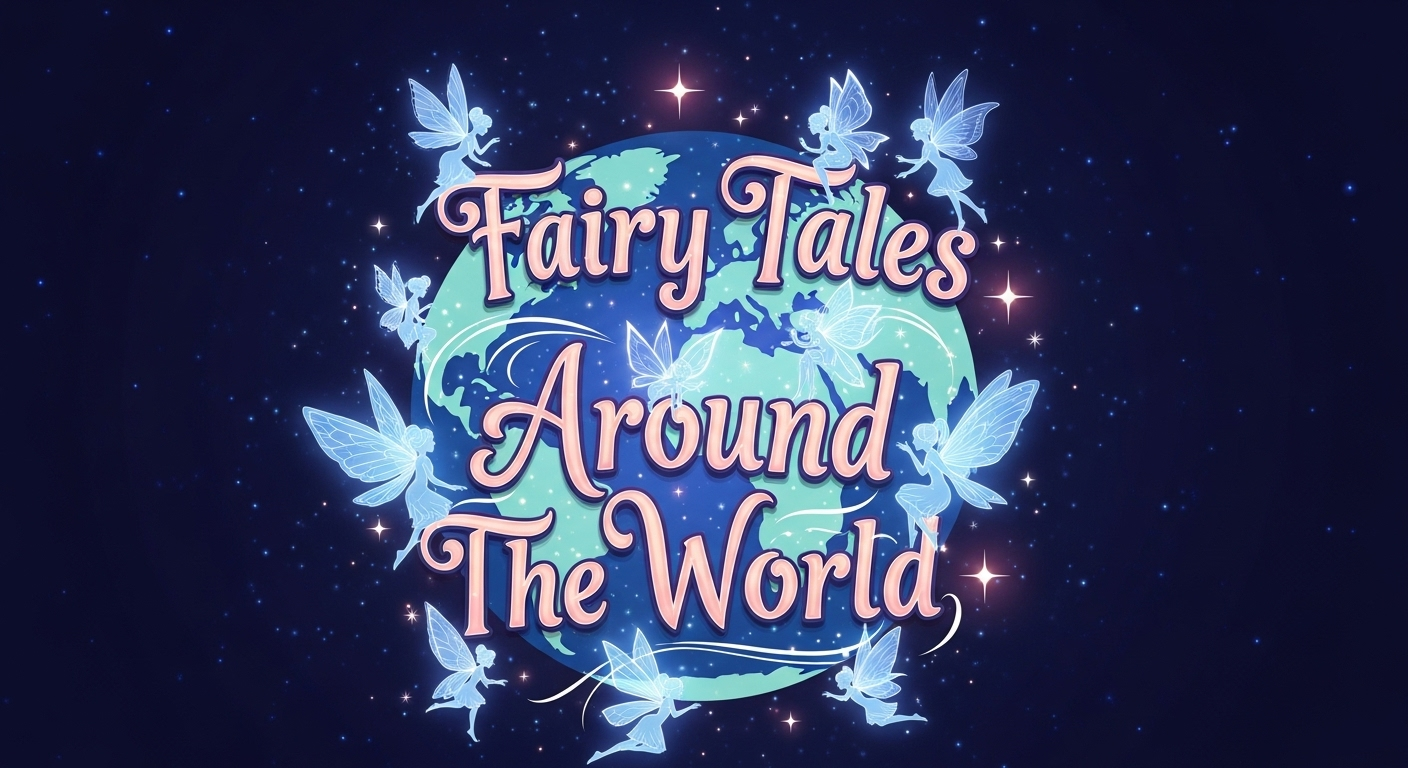
Adorable Fairy Costume Set!
Includes a fairy tutu, wing, wand and flower halo - perfect for parties, dress-up play, pageants and so on.
CLICK HERE for the best price!
Fairy Tales around the World
Germany - Hansel and Gretel
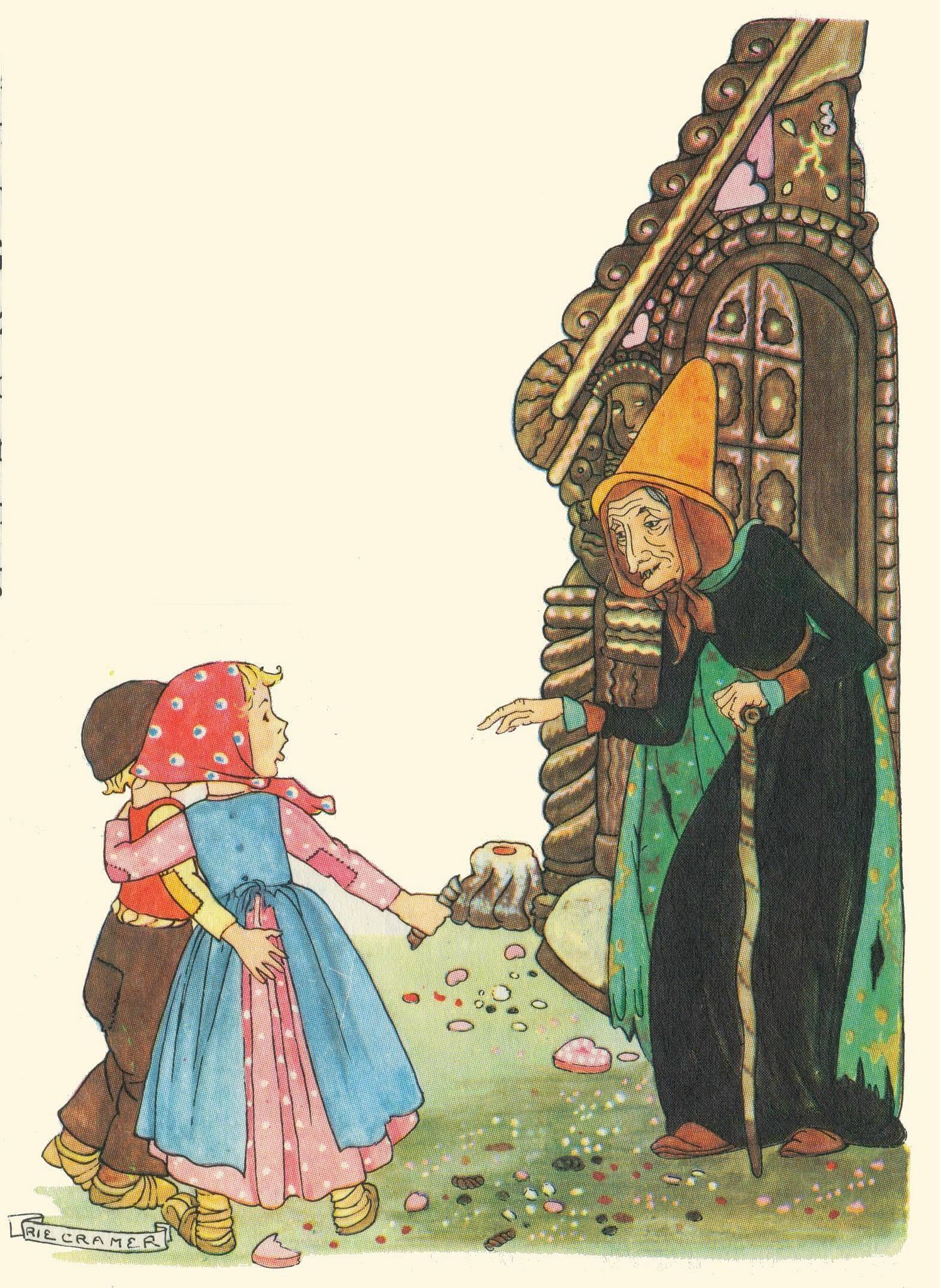
Let's start our journey in Germany with "Hansel and Gretel," one of the most famous fairy tales from different countries. This Brothers Grimm classic tells the story of two siblings who get lost in a dark forest and stumble upon a house made entirely of gingerbread and candy.
The witch who lives there tries to fatten them up to eat them, but clever Gretel outsmarts the evil woman by pushing her into her own oven. The magical elements include the edible house (now made at Christmas time!) and the witch's supernatural powers, while the moral lesson emphasizes the importance of resourcefulness, sibling loyalty, and the triumph of good over evil.
Russia - The Firebird
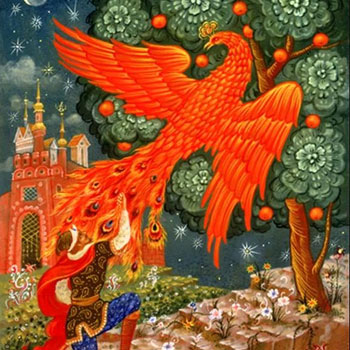
From Russia comes the enchanting tale of "The Firebird," featuring Prince Ivan, a magical glowing bird, and the evil sorcerer Koschei the Deathless. When Ivan captures one of the Firebird's golden feathers, he's thrust into an adventure to rescue Princess Vasilisa from Koschei's castle.
The story is rich with magical elements including the Firebird itself, a talking gray wolf who becomes Ivan's ally, and Koschei's hidden death stored in a needle, inside an egg, inside a duck, inside a hare, inside a chest. This tale teaches us about courage, perseverance, and the power of unexpected friendships.
Russian composer Igor Stravinsky wrote a music score based on this fairy tale and it is now also a ballet.
Japan - Momotarō or Peach Boy
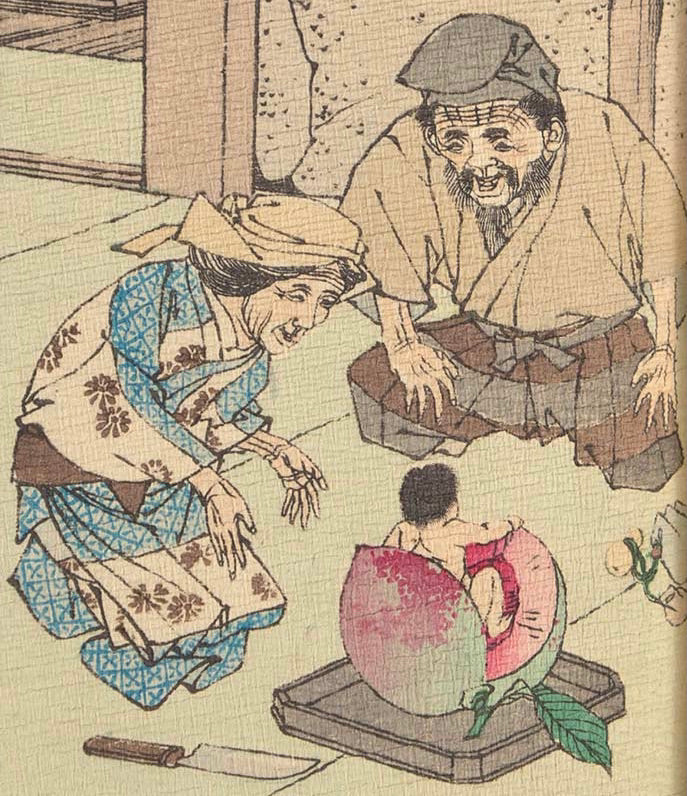
Japan's "Momotarō" or "Peach Boy" is a beloved story about a boy born from a giant peach who grows up to become a hero. When demons from Oni Island begin terrorizing villages, Momotarō sets out to defeat them with the help of three animal companions: a dog, a monkey, and a pheasant. He wins their loyalty by sharing his special millet dumplings, which give them extraordinary strength.
The magical elements include his miraculous birth from a peach and the power-giving dumplings, while the moral focuses on the importance of kindness, sharing, and how good deeds create loyal friendships.
Ireland - The Children of Lir
One of the most unusual fairy tales around the world comes from Ireland with "The Children of Lir." This tragic story tells of four children transformed into swans by their jealous stepmother Aoife, condemned to spend 900 years in their cursed form.
The children retain their human voices and sing the most beautiful songs ever heard, bringing comfort to all who listen.
The magical transformation and the power of their enchanted voices are central to the story, while the moral lesson warns against jealousy and shows how love and music can provide solace even in the darkest times.
India - The Monkey and the Crocodile
From India, we have the wonderful tale of "The Monkey and the Crocodile" from the Panchatantra collection. A clever monkey befriends a crocodile, sharing sweet jamun fruits with him daily.
However, the crocodile's wife becomes jealous and demands her husband bring her the monkey's heart, believing it will make her as sweet as the fruits.
When the crocodile tries to trick the monkey, our clever protagonist outsmarts him by claiming he left his heart in the tree. The story teaches valuable lessons about friendship, trust, betrayal, and the power of quick thinking in dangerous situations.
Fairy Tales around the World
Italy - Pinocchio
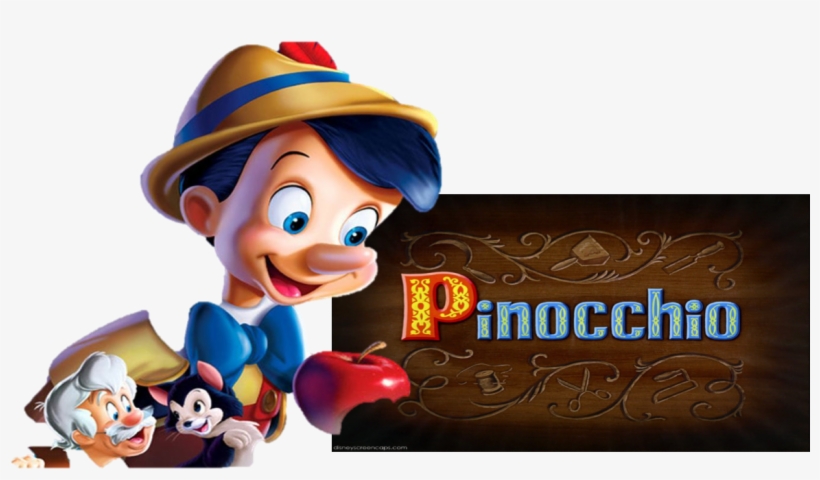
Italy gives us the well-known fairy tale "Pinocchio," the story of a wooden puppet carved by the lonely woodcarver Geppetto who wishes for a son. The Blue Fairy brings Pinocchio to life but warns him that he can only become a real boy if he proves himself brave, truthful, and unselfish.
Throughout his adventures, Pinocchio's nose gets bigger every time he lies, and he faces numerous challenges including being swallowed by a whale.
The magical elements include the fairy's magic, the living puppet, and the growing nose, while the moral emphasizes honesty, obedience, and the importance of making good choices.
As you probably know, Pinocchio is a well-known Disney film!
China - The Cowherd and the Weaver Girl
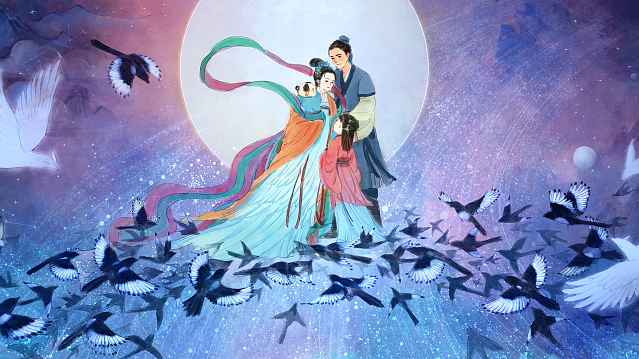
From China comes "The Cowherd and the Weaver Girl," a romantic tale that explains the origin of the Milky Way.
Zhinü, a weaver fairy, falls in love with Niulang, a mortal cowherd, and they marry in secret. When the Jade Emperor discovers their union, he separates them by creating the Milky Way between them.
However, once a year, magpies form a bridge across the sky so the lovers can reunite. This beautiful story features celestial magic, shape-shifting abilities, and divine intervention, teaching us about eternal love, sacrifice, and the power of devotion that transcends even the heavens.
Norway - East of the Sun and West of the Moon
Norway's "East of the Sun and West of the Moon" tells the story of a poor farmer's daughter who agrees to live with a white bear to save her family from poverty.
The bear is actually a cursed prince who can only take human form at night. When the girl's curiosity leads her to break the spell's conditions, she must journey to a castle "east of the sun and west of the moon" to save him from marrying a troll princess.
The magical elements include the shape-shifting curse, the four winds who help her journey, and the impossible location itself. The tale teaches about sacrifice, love, curiosity's consequences, and redemption.
China - Aladdin
From the Arabian Nights collection comes "Aladdin and the Magic Lamp," a well known tale, set in China but reflecting Middle Eastern culture. When poor Aladdin discovers a magic lamp containing a powerful genie, his life transforms completely. He wins the heart of Princess Jasmine and defeats the evil sorcerer Jafar who seeks the lamp's power.
The story is filled with magical elements including the wish-granting genie, a flying carpet, and various magical transformations. The moral lessons focus on the corrupting nature of power, the importance of staying true to yourself, and how love conquers greed and evil ambitions.
Brazil - Curupira

Brazil's "Curupira" introduces us to a forest guardian with backwards feet and fiery red hair who protects the Amazon rainforest from those who would harm it.
This mythical being leads hunters and loggers astray, confusing them with his reversed footprints until they become hopelessly lost. The Curupira only helps those who respect nature and take only what they need.
The magical elements include his supernatural abilities and connection to forest spirits, while the moral lesson emphasizes environmental protection, respect for nature, and the consequences of greed and destruction.
Korea - The Sun and the Moon
From Korea, "The Sun and the Moon" tells of a tiger who tricks and devours a mother, then disguises himself to gain access to her children.
The clever siblings escape by climbing a rope to heaven, where they become the sun and moon. When the tiger tries to follow, the rope breaks and he falls to earth, explaining why tigers have yellow and black stripes from the fall.
This tale features magical transformations, divine intervention, and celestial ascension, teaching children about stranger danger, sibling co-operation, and how quick thinking can overcome seemingly impossible situations.
Mexico - La Llorona or The Weeping Woman
Mexico's "La Llorona" or "The Weeping Woman" is a haunting tale about a woman named María who drowns her children in a fit of rage and jealousy, then spends eternity searching for them along riverbanks, crying "¡Ay, mis hijos!" (Oh, my children!).
This ghost story serves as both entertainment and warning, with supernatural elements including María's cursed spirit and her eternal wandering.
The moral lessons are powerful, warning against the destructive nature of jealousy and anger, while emphasizing the importance of protecting children and making thoughtful decisions in emotional moments.
France - Beauty and the Beast

From France comes "Beauty and the Beast," the story of Belle, a young woman who sacrifices her freedom to save her father from a terrifying beast.
Living in the Beast's enchanted castle, she gradually sees past his frightening appearance to discover his kind heart. When she declares her love for him, the curse breaks, revealing him to be a handsome prince transformed by an enchantress for his vanity and cruelty.
The magical elements include the transformation curse, the enchanted castle with its talking objects, and the power of true love. The story teaches us not to judge by appearances and that true beauty comes from within.
Australia - Rainbow Serpent
Australia's Aboriginal "Rainbow Serpent" stories vary among different tribes but generally feature a powerful creator spirit who carved rivers, mountains, and valleys across the landscape.
The Rainbow Serpent brings both life-giving rain and destructive floods, rewarding those who follow tribal law and punishing those who break it.
These stories include magical elements like the serpent's ability to control weather and reshape the land, while teaching respect for natural law, the connection of all life, and the importance of living in harmony with the environment.
Fairy Tales around the World
Scotland - The Selkie Wife
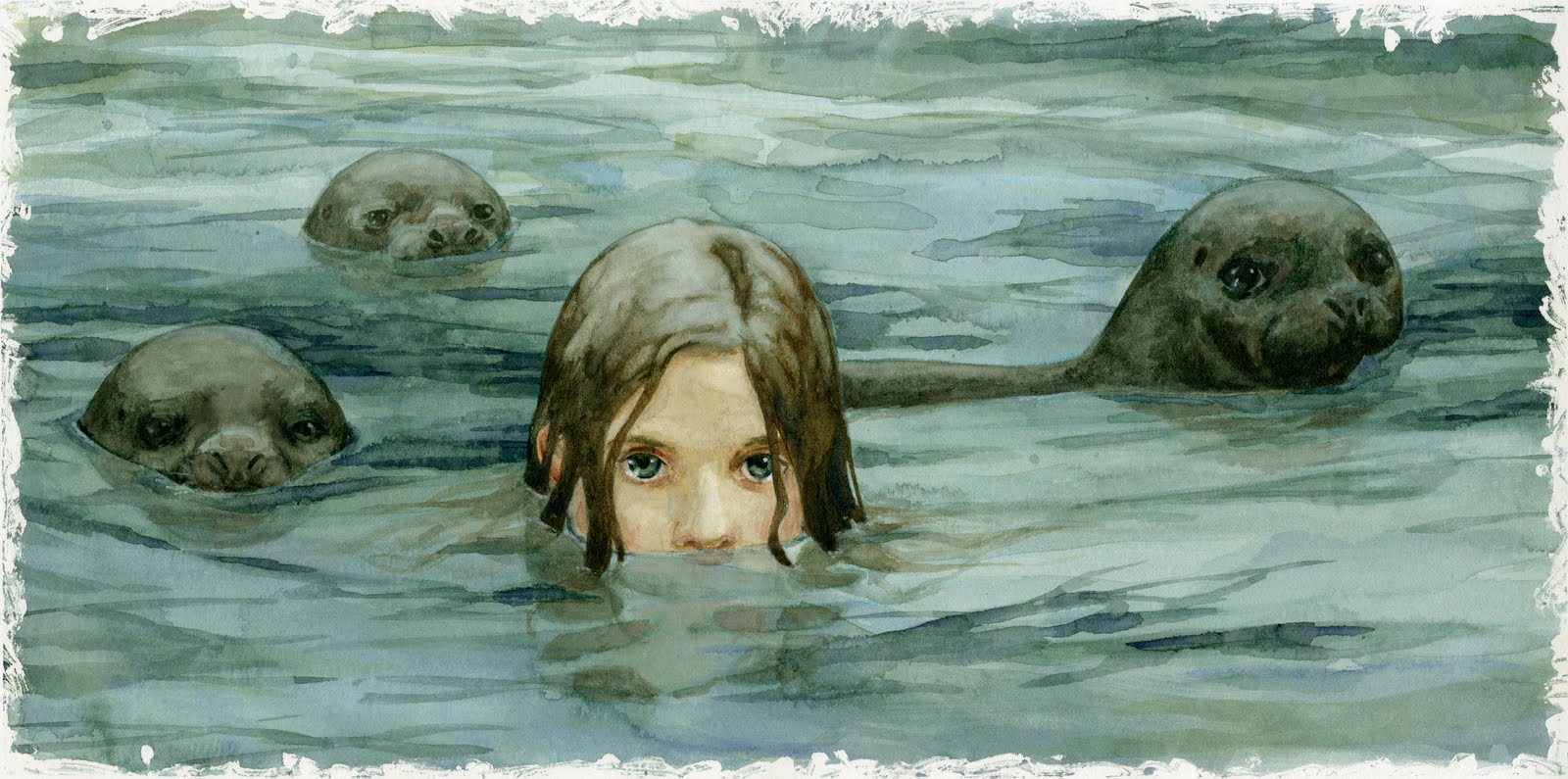 The Selkie Wife
The Selkie WifeSelkies are mythical creatures that can transform between human and seal. From Scotland, "The Selkie Wife" tells of a fisherman who steals a selkie's seal skin while she's in human form, forcing her to become his wife.
They live together for years and have children, but when she finally finds her hidden skin, she must choose between her human family and her true nature as a seal.
The magical transformation between seal and human form drives the story, while the moral explores themes of freedom, identity, true love versus possession, and the pain of impossible choices between duty and personal fulfillment.
Egypt - The Prince and the Three Fates
Egypt's "The Prince and the Three Fates" follows a prince whose birth is cursed by the seven Hathors (goddesses of fate) who predict he will die by a crocodile, a snake, or a dog.
Despite his father's attempts to protect him, the prince embraces his destiny and sets out into the world with his loyal dog.
Through cleverness and courage, he overcomes each threat, ultimately defeating fate itself. The story features divine prophecy, magical protection, and the power to overcome destiny, teaching that courage and wisdom can triumph over seemingly inevitable doom.
Philippines - Maria Makiling
From the Philippines comes "Maria Makiling," the story of a beautiful diwata (fairy) who lives on Mount Makiling and protects the local people. She falls in love with a mortal man, but their relationship ends in tragedy due to human greed and betrayal.
In her sorrow and anger, Maria withdraws her protection, and the mountain's abundance disappears.
The magical elements of this tale include her supernatural powers over nature and her ability to appear in different forms, while the moral warns against greed, emphasizes gratitude for nature's gifts, and shows the consequences of betraying trust.
Finland - The Sampo
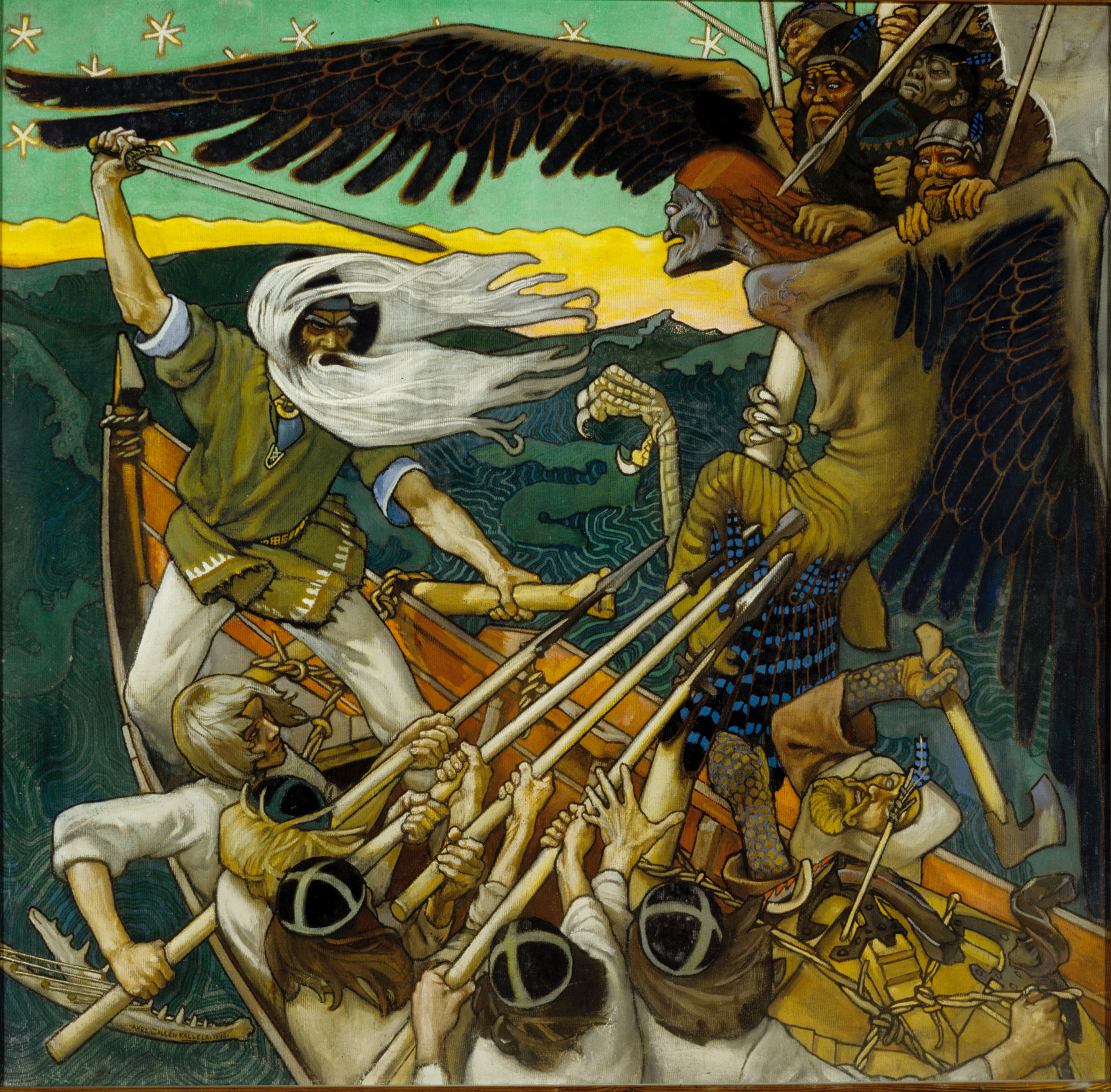 The Defense of the Sampo
The Defense of the SampoFinland's "The Sampo" from the Kalevala epic tells of a magical mill that grinds out salt, grain, and gold, bringing prosperity to whoever possesses it.
The hero Väinämöinen and the smith Ilmarinen create the Sampo for the witch Louhi, but later attempt to steal it back. In the ensuing battle, the Sampo is destroyed, but its fragments scattered across the land bring fertility and abundance to Finland.
The story features powerful magic, divine craftsmanship, and epic battles, teaching about the dangers of greed, the value of hard work, and how shared prosperity benefits everyone.
Peru - The Condor and the Shepherdess
From Peru, the Inca tale "The Condor and the Shepherdess" tells of a giant condor who transforms into a handsome man to court a beautiful shepherdess.
He carries her to his mountain home, but she becomes homesick and tricks him into taking her back to visit her family. Once there, she refuses to return, and the heartbroken condor flies away forever.
The magical transformation and the condor's supernatural abilities drive the plot, while the story teaches about the importance of freedom, the pain of unrequited love, and respecting others' choices even when it causes personal suffering.
Conclusion
These fairy tales around the world show us that despite our different languages, customs, and landscapes, humans share remarkably similar hopes, fears, and values.
Whether it's the importance of kindness in Japanese tales, the power of love in French stories, or respect for nature in Aboriginal legends, these narratives connect us across cultures and centuries.
They serve as bridges between generations, carrying forward wisdom about courage, honesty, love, and the eternal struggle between good and evil.
As you explore these magical stories with children or rediscover them as an adult, remember that each tale is a treasure chest of cultural wisdom waiting to be opened.
These fairy tales from different countries offer us more than entertainment - they can provide insights into how different societies view the world, solve problems, and pass on their most cherished values.
In our world now, understanding these diverse stories helps us appreciate our unique cultural identities, proving that the magic of storytelling truly knows no borders.
Book of the Month
The Best Selling Fae Fantasy Book! A great gift!
CLICK HERE for more information and best price!
Recent Articles
-
Fairy Costumes for Kids
Dec 30, 25 11:27 AM
Find the perfect fairy costume for you little ones! We have researched the best fairy costume options available on Amazon covering all budgets.. -
Christmas Angel Story of boy meets Angel "The Magic Letter" Dean Kiser
Dec 30, 25 09:00 AM
A Christmas Angel Story about an eleven year old orphan boy that meets an Angel. "The Magic Letter" by Dean Kiser -
Fae Fantasy Books - where love can be both thrilling and terrifying!
Nov 22, 25 02:34 AM
Fae Fantasy Books - explore new aspects of what it means to be human in a world where magic and immortal beings exist! A perfect blend of danger and allure!
